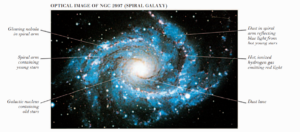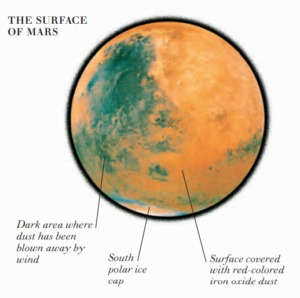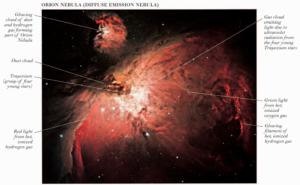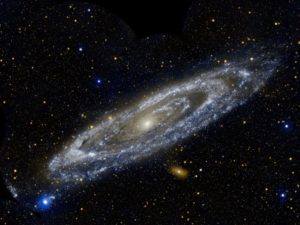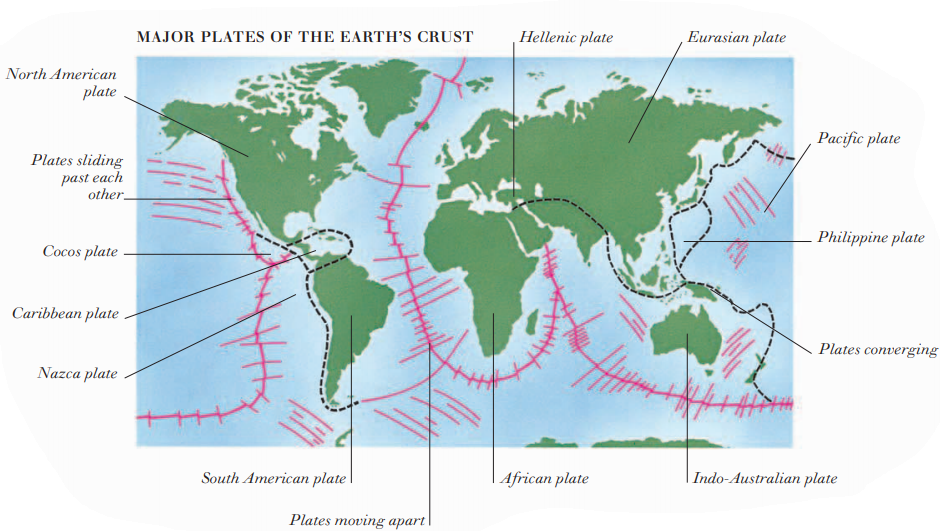
THE EARTH’S CRUST IS THE SOLID outer shell of the Earth. It includes continental crust (about 25 miles/40 km thick) and oceanic crust (about four miles/6 km thick). The crust and the topmost layer of the mantle form the lithosphere. The lithosphere consists of semirigid plates that move relative to each other on the underlying asthenosphere (a partly molten layer of the mantle). This process is known as plate tectonics and helps explain continental drift. Where two plates move apart, there are rifts in the crust. In mid-ocean, this movement results in seafloor spreading and the formation of ocean ridges; on continents, crustal spreading can form rift valleys. When plates move toward each other, one may be subducted beneath (forced under) the other. In mid-ocean, this causes ocean trenches, seismic activity, and arcs of volcanic islands. Where the oceanic crust is subducted beneath continental crust or where continents collide, land may be uplifted and mountains formed. Plates may also slide past each other—along the San Andreas fault, for example. Crustal movement on continents may result in earthquakes, while movement under the seabed can lead to tidal waves.




